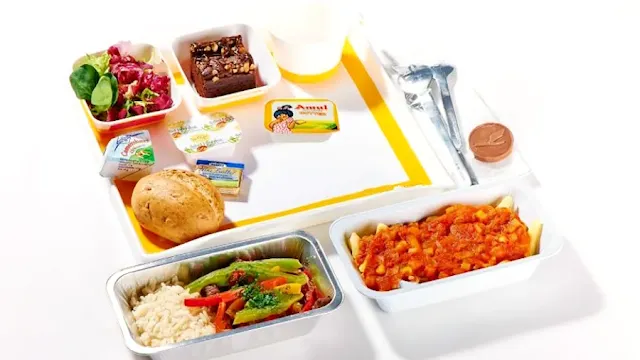Navigating Meal Services on Domestic Flights in India: What to Expect
Traveling within India by air? Understanding the meal service options offered by domestic airlines can enhance your flying experience. In India, whether you get a free meal on your flight largely depends on the airline, the length of the journey, and the class of service. Here’s what you need to know about the meal policies of low-cost carriers like Indigo, SpiceJet, and others, as well as the practices of full-service airlines.
Meal Policies of Low-Cost Airlines
Low-cost carriers (LCCs) such as Indigo and SpiceJet typically do not include free meals in their basic fares. These airlines operate on a cost-efficient model where amenities are unbundled from the ticket price. Passengers have the flexibility to purchase food onboard from a menu of snacks and meals. This approach allows the airlines to keep their base fares low while offering passengers the choice to buy food if they wish. For short-haul flights, which constitute a major portion of domestic routes, airlines may offer light snacks for purchase, steering clear of complimentary meal services.
Full-Service Airlines and Complimentary Meals
Contrastingly, full-service airlines have traditionally included meals in the ticket price, especially for longer domestic flights or those that coincide with meal times. If your flight spans across lunch or dinner time and lasts for several hours, you’re more likely to receive a complimentary meal. These meals vary from snacks and light meals to more substantial offerings, depending on the duration of the flight and the class in which you are traveling.
Air India, Savor Inflight Meals
Factors Influencing Meal Services
Several factors determine whether meals are free or for purchase on domestic flights:
- Cost Considerations: Catering and handling onboard meals incur significant costs. To manage expenses, some airlines opt to charge for meals separately.
- Competitive Fares: In a bid to offer the most attractive fares, airlines may exclude free meals, which allows them to lower their ticket prices.
- Passenger Preferences: With varying passenger preferences, airlines that offer flexibility—allowing travelers to purchase meals or bring their own—tend to meet a wider range of customer needs.
- Evolving Trends: The airline industry adapts to changing consumer behaviors and expectations, shifting towards a more customized travel experience.
Tips for Passengers
If you’re flying on a domestic route in India and have specific meal preferences or dietary needs, it’s best to prepare in advance:
- Check the Airline’s Policy: Before booking, review the airline’s meal service options. This can help you choose an airline that best suits your needs, whether it’s a low fare with no meal or a higher fare with a meal included.
- Consider Purchasing Meals During Booking: Some airlines offer the option to purchase meals at the time of booking at a lower cost than buying them onboard.
As the landscape of Indian domestic air travel evolves, so do the services offered by airlines. Whether you choose a low-cost carrier or a full-service airline, understanding their meal policies can help you better plan your journey and ensure a more enjoyable flight experience.






